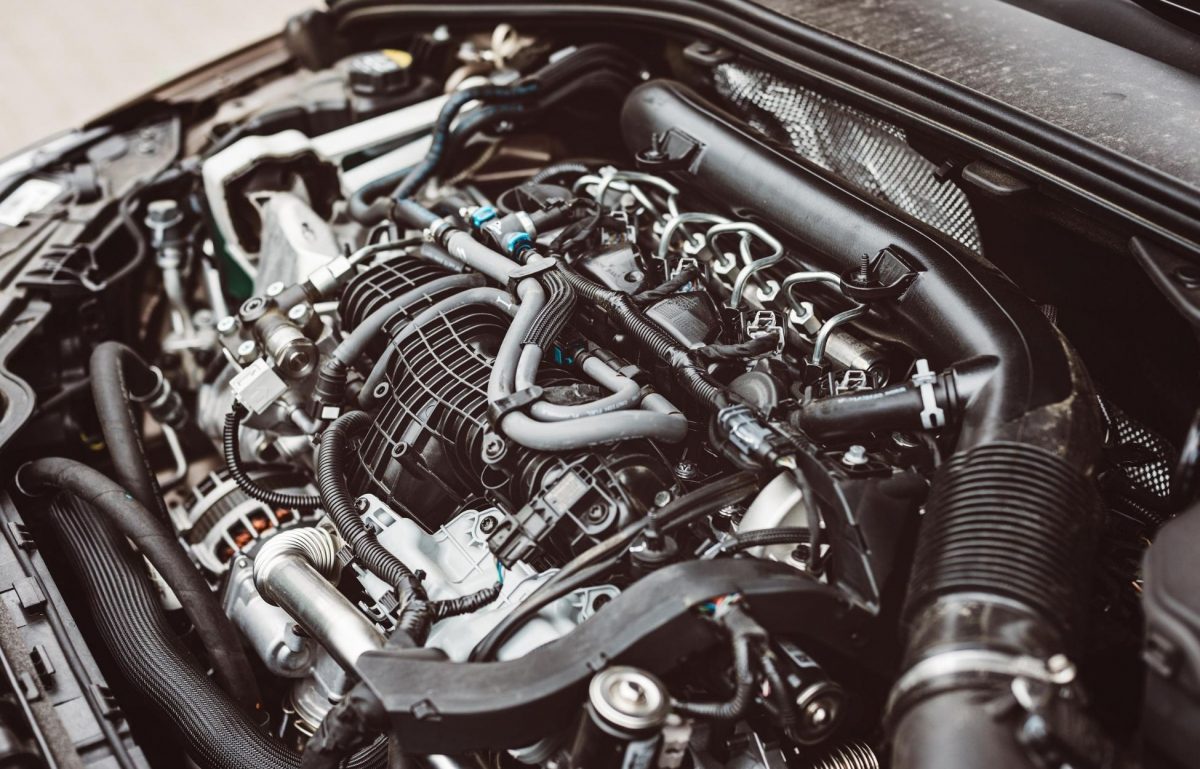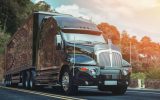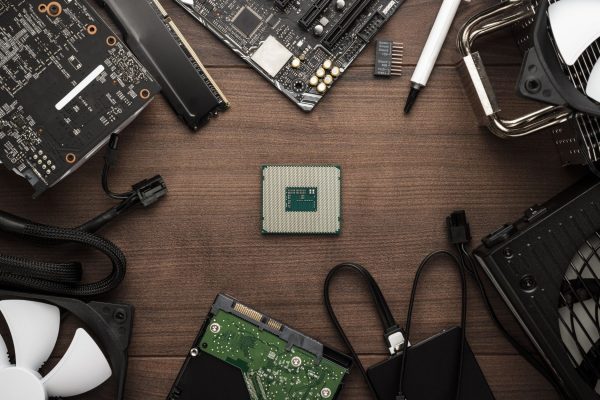The diesel engine is beloved by truck and car owners all over the world. It is durable, clean burning, powerful, and with the proper maintenance, it will last for hundreds of thousands of miles. Diesel engines are usually associated with semis, pickup trucks, and other powerful vehicles. They are becoming more popular in passenger cars because of their versatility and economy. Over the years, there have been several different evolutions of the diesel engine, and we will try to determine what is the best diesel engine.
Ram 1500 EcoDiesel V-6
Small and powerful are the adjectives that best describe the Ram 1500 EcoDiesel V-6 diesel engine. It is a Cummins engine, but it’s technically Italian having been made by VM Motori for Fiat/Chrysler. This engine had an immediate impact on the half-ton pickup scene when it debuted in 2014 in Rams and the Jeep Grand Cherokee. It produces 240 horsepower and 420 lb.-ft. of torque, and is as green as a diesel-burning engine can get.
6.6L Duramax
The Duramax that General Motors produced in 2006-07 is by far its best entry for pickup trucks. It is a modifier’s dream. The Duramax LBZ was built around a stronger block, bigger connecting rods, and pistons with bigger pin diameter. It also has lower compression and cylinder heads that are less likely to crack under excessive pressure. Those are some impressive upgrades. It generates a 360-horsepower output and 650 lb.-ft. of torque, making it very powerful indeed.
Ford 7.3L Power Stroke
No list of the best diesel engines is complete with this legendary entry. The 7.3L Power Stroke from Ford, founded on the International/Navistar T44E, is the icon of the hard-working, load-pulling attitude that diesel engines are known for. Getting its start in 2001, this workhorse had a nine-year run in which it was the best of the group. It boasts a 275-horsepower output and 525 lb.-ft. of torque.
6.4L Power Stroke
The 2008 6.4L Power Stroke from Ford found its way on the list because it represents Ford’s focus on improvement. They improved on the predecessor 6.0L Power Stroke with a reconfigured cylinder head bolt pattern. This was also the first attempt at common-rail fueling and sequential/twin turbochargers. Twin turbos launched Ford into the performance arena, where they remain to this day.













